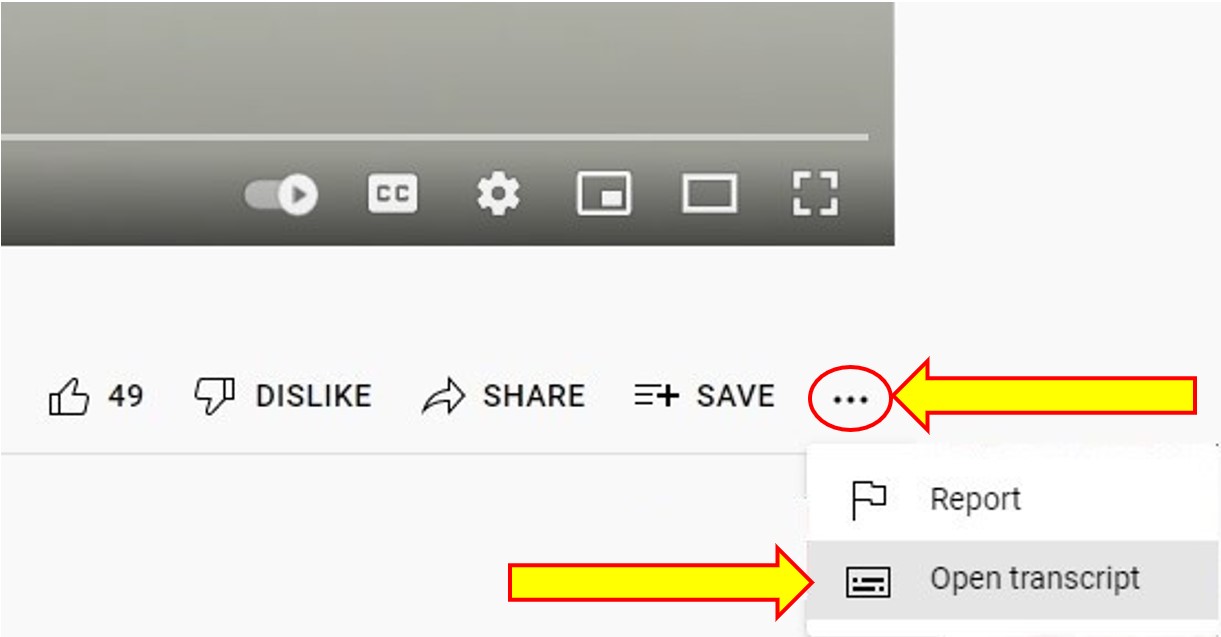3.1 Why do People Use Substances
There are many reasons why people use psychoactive substances, from medicinal to religion to enjoyment. You may be wondering why; however, some people can use substances and have healthy relationships with substances yet do not develop a disorder while others do (2).
Watch the following video of Tyler Sullivan-King (3) who shares their story of using substances and developing a substance use disorder.
Watch the following video of Tyler Sullivan-King who shares their story of using substances and developing a substance use disorder. City of Hamilton. The “See the Person” video series aims to raise awareness about the negative impact stigma has on people who use substances, their loved ones, and our community. We all have a role to play in stopping stigma. Learn what actions you can take to stop stigma and help build a healthier, more caring Hamilton.
Transcript
To Access the Video Transcript:
1. Click on “YouTube” on the bottom-right of the video. This will take you directly to the YouTube video.
2. Click on the More Actions icon (represented by three horizontal dots)
3. Click on “Open Transcript”

Tyler’s prescription for an opiate from an injury was a powerful experience with a powerful substance. Tyler also mentioned their environment as “not ideal”. This combination of factors developed into a substance use disorder.
What is a substance use disorder (SUD)? A substance use disorder according to the American Psychiatric Association (4) is a “pattern of symptoms resulting from the use of a substance that you continue to take, despite experiencing problems as a result” (5). As with other diseases and disorders, the likelihood of developing a substance use disorder differs from person to person, and no single factor determines whether a person will develop a substance use disorder (6). In general, the more risk factors a person has, the greater the chance that taking substances may lead to substance use and a SUD. “Risk factors are those that make drug use more likely” (7). Protective factors, on the other hand, “are those associated with reduced potential for drug use” (8).
Key Risk and Protective Factors for Drug Use (9)
| Catagories/Domains | Risk Factors | Protective Factors |
|---|---|---|
| Community |
|
|
| School |
|
|
| Family |
|
|
| Peer/Individual |
|
|
According to this research, “for individuals who begin using illicit substances at an early age, several risk factors may increase the likelihood of continued and problematic use in later ages” (10).
Please watch this video from the Canadian Centre on Substance Use and Addiction
This video from the Canadian Centre on Substance Use and Addiction (11) CCSA / CCDUS explores the power of protective factors in lifetime wellness. 7-1 Community Connections Supporting Lifetime Wellbeing.
Transcript
To Access the Video Transcript:
1. Click on “YouTube” on the bottom-right of the video. This will take you directly to the YouTube video.
2. Click on the More Actions icon (represented by three horizontal dots)
3. Click on “Open Transcript”

Activities
- Review the risk and protective factors.
- Reflect on the social determinants of health. How many of these risks or protective factors can you identify relate to the social determinants of health?
- Reflect on Tyler: can you identify any risk factors that may have impacted his development of a substance use disorder?
- Why do you think those with all the risk factors may not develop a substance use disorder?
- On the other hand, why might someone who has all the protective factors develop a substance use disorder?
In Canada, there is a social acceptance within many cultures around the use of substances, including weddings, graduations, funerals, celebrations.
Activities
- Reflect on the social acceptance of substances. Name the activities that accept substances.
- Reflect on how companies promote the use of alcohol through the media.
- What is the narrative you have heard about using alcohol throughout the lifespan?
- What does this suggest about substance use and gender?
- Substance abuse and dependency is stigmatized, yet alcohol use is often culturally accepted. Why is that?
There are many reasons why societies, cultures and people use substances. As Social workers you may have the opportunity to explore an individual’s journey, using your individual helping skills. You may have the opportunity to engage with a community, focusing on a specific group of people. For example, you may be working with a school, developing a survey on substance use among the youth. What types of interventions might you explore based on what you know about why people use substances? Be prepared, as you have learned, to explore every story, from a lens of “nothing about us, without us”. The individual and the community must be the leader in their stories.
CHAPTER CREDIT
Adapted from Unit 5.2 in Drugs, Health & Behavior by Jacqueline Schwab, licensed under a CC BY-NC-SA license. Updated with Canadian Content.
This is in the book Exploring Substance Use In Canada …
References
- Lee, B., Yanicki, S., & Solowoniuk, J. (2011). Value of a health behavior change reflection assignment for health promotion learning. Education for Health, 24(2), 509. http://www.educationforhealth.net/
- Schwab, J. (2021). Drugs, health and behaviour. Pressbooks. https://psu.pb.unizin.org/bbh143/chapter/drugs-and-the-brain-national-institute-on-drug-abuse-nida/
- City of Hamilton. (2019, Novmber 18 ). #SeeThePerson – Tyler. YouTube. https://www.youtube.com/watch?v=J2OcFc-_bac
- American Psychiatric Association. (2013). Diagnostic and statistical manual of mental disorders (5th ed.). https://doi.org/10.1176/appi.books.9780890425596.
- Ibid, p. 175
- Schwab, J. (2021). Drugs, health and behaviour. Pressbooks. https://psu.pb.unizin.org/bbh143/chapter/drugs-and-the-brain-national-institute-on-drug-abuse-nida/
- Public Safety Canada. (2018). School-based drug abuse prevention: Promising and successful programs. https://www.publicsafety.gc.ca/cnt/rsrcs/pblctns/sclbsd-drgbs/index-en.aspx
- Public Safety Canada. (2018). School-based drug abuse prevention: Promising and successful programs. https://www.publicsafety.gc.ca/cnt/rsrcs/pblctns/sclbsd-drgbs/index-en.aspx
- Public Safety Canada. (2018). School-based drug abuse prevention: Promising and successful programs. https://www.publicsafety.gc.ca/cnt/rsrcs/pblctns/sclbsd-drgbs/index-en.aspx
- Ibid, para. 1
- Canadian Centre on Substance Use and Addiction. (2021). Community connections supporting lifetime wellbeing. [Video]. Youtube. https://www.youtube.com/watch?v=1Hj06BlVrnI

